On the work of Gardar Eide Einarsson.
Denne teksten er skrevet på oppdrag fra UKS til utstillingen de nå har oppe. Implisitt kritiserer den bl.a. noe av den kritikken Einarsson har vært gjenstand for her på nettstedet. Kunstkritikk.no er glad for å kunne trykke den som bidrag til en viktig diskusjon omkring kunst, subversivitet og subkultur.(Teksten er på engelsk)
Gardar Eide Einarsson’s work seems to pose a continual problem for criticism. To begin with, there simply seems to be too little to see and experience in his work – unless by some perverse sensual logic you happen to count meagre replicas of benches, or of skating ”ramps” or flimsy photocopied images among your top ten objects of fascination. And what is on offer, visually, seems all at once too lightweight and too bluntly upfront to command the kind of awe you expect from ”good exhibitions”. Of course the small gesture also has its place within the contemporary art context. But GEE’s work is as far from the romanticism of the ephemeral and the fragmentary as it is from the stringent textual strategies of classic conceptual art – to mention two tendencies that might favour an art of slim visual offerings.
The difficulty of meagre visuals is compounded by two additional difficulties: 1) The rumour that these works are somehow ”political” in their mode of address, and 2) the obvious fact that they continually reference various trendy subcultural practices (from the skating world to the prison yard, passing through gangsta rap and alternative urbanist strategies). Taken together, these elements serve to conjure up an image of GEE as that most annoying of artist types: an air-headed dilettante trading his youthful subcultural capital for political credibility within a biennale-driven art-system where any trace of ”context-sensitive” political relevance always takes the upper hand. For – as Bourdieu-inspired sociologists have pointed out – subcultural affinities no longer remain within the particular social strata of subcultures properly speaking. On the contrary: intimate knowledge of subcultural codes, themes and styles is an indispensable part of what today counts as cultural capital tout court: GEE, like most people under 40, does nothing but flaunt his. So if there is almost nothing to ”see” in GEE’s work, it also seems true that what little there is to see are no more than fleeting markers of various more or less underground style regimes. Obviously such work can do no more than merge a political representation of the self-designed social underdog with artistic self-identification. The result: A narcissist politics par excellence.
But if GEE’s work poses a problem for criticism, it could also be that the problem stems from the terms of a particular kind of criticism. This is a criticism still mired in the language of representation, a criticism that still pits form against content, and subsequently still tends to see artistic form or style as either complex ”carriers” of social meaning or – alternatively – as specifically artistic ”refusals” to signify. Within such a framework – which always, inevitably, circles back to the stylistic identity of the artist just as this identity is seen to either designate or refuse a ”world” of reference, GEE’s work could of course be seen to fail both on the level of form and on the level of politics.
There are, however, other possible models for thinking and seeing this work (or, more precisely, for thinking and seeing with this work). Such models would refrain from seeing it in terms of a politics of representation (i.e. as a representation of social fact through artistic fiction). But neither should it be seen as a politics of style, that is, as a form of activist art that simply aligns the artist with the subversive contextual strategies of the subcultural operator. (Early sociological theorizations of subcultures notably identified such strategies as a kind of politics of style, a context-specific disturbance of the dominant codes of a given society through quasi-artistic means). In fact, I believe that works like these present – as a challenge – the possibility of thinking the workings of artistic ”style” itself in a different way.
As a start, one could choose to keep in mind the fundamental contamination of this concept. For the traditional notion of artistic style manages to designates the ”deep” essence of original artworks only by actively forgetting or marginalizing all those other instances of style: the continual shaping, forming, designing and stylizing that takes place in what the artworld calls the ”lifeworld” – activities that has received new attention at a time when design takes the upper hand in production and the new globalist cultures are generally described as aestheticized cultures. Far from innocent with respect to the strategic or political workings of style, it would seen that ”the social” itself can hardly be approached without a rudimentary notion of form, style or design. In GEE’s work (as well as in the work of a number of other contemporary artists) it is as if you experience a return of the repressed continuity between artistic style and the vast world of lifestyles. In fact, this kind of work seems to highlight the vast continuity of stylistic phenomena as the point of negotiation between an art system continually creating or reflecting on social spaces, and aestheticized social spaces that operate in more or less complete independence from the system of art.
The important question here is to determine the point of view of this negotiation – that is, to see from what point of observation such possible continuities between the artistic and the social are being articulated. Here Niklas Luhmann’s theory of social systems may function as a provisional guide, since it basically describes social systems as points of observation. To Luhmann, social systems are self-creating and self-enclosed systems that change or transform themselves through a continual observation of what they identify as their surroundings, or their own ”outside”. (For Luhmann, modernity is precisely that historical moment of complexity when the social field looses its homogeneity and differentiates itself through an increasing number of self-producing systems.) The art system may be described as one such self-creating system. And – in keeping with this notion – GEE’s work quite explicitly takes on the point of observation of the art system itself, despite their apparent engagement with ”concrete” or ”unprocessed” stylistic materials from places outside the art system (logos, graffiti, street signs, clothes, tattoos). For these ”other” stylistic phenomena only become visible, marked out and significant through an exclusionist observation that depends on the particular communicational rules of the art system itself. From this perspective, lifestyles only become significant to the extent that they are marked by the stylistics of art.
Hence, there is no simple identification with (or presentation of) such socially ”out there” phenomena as graffiti or tattoo drawings, although the stylistic traits of street culture seem to continually ”disrupt” the gallery spaces to which GEE has been invited. But of course no disruption or disturbance is taking place here, not even on a metaphorical level. To take one prominent example: Nothing could be more painstakingly worked-out in art-oriented stylistic terms than Einarssons’ wall painting of the words ”Fuck you, you asskissing bastards. I despise you and your pathetic crap”. This is a painted graffiti style wall text – and at a certain distance it looks like the real deal: spontaneous, spraypainted rage. Close up, the illusion fades very quickly. All you see is a dry, meticulous, studied painterly imitation of graffiti graphics and phrasing that completely destroys any identification between transgressive artist and unruly activist: In fact, close up, it seems to cling to the wall mainly thanks to its own painterly logic. Another example: A big black monochrome wall painting made with the kind of tagging pen that marks urban walls with a kind of glowing, saturated hypercolour that it takes forever to paint over. Any gallerist trying to get rid of the work after the exhibition is ended will have to contend with the rift between the mental difficulty of ”erasing” a painting and the physical difficulty of erasing an aggressive and illegal mark in forbidden social territory. But it is the formal language of painting which sets the premise here: It folds or integrates the socially aggressive potential of mark-making within a system that can only process this visual information in terms of its own social practices of mark-making.
Too little, almost nothing, to see: unlike much pop art, GEE’s work does not revitalize the colourful and exotic world of subcultures within the spaces of visual art, does not inject them with a brighter and bigger and more spectacular form of sensual plenitude. Instead, GEE’s bleak offerings invent a form of stylistic translation or encryption from lifestyle phenomena to artistic styles which can be seen as a translation or encryption precisely because of the obvious loss of sensual and contextual plenitude. In his work, you are not – and will never be – close to those other social worlds or ”scenes”. But at the same time the work introduces – at least as a possibility – a different kind of closeness. Any painter, any artistic mark-maker, any art-fan knows something about the emotional investments involved in mark-making – about the pleasures of style, that is. The pleasures of setting one thing off against another, of separating and differentiating, of opening up or fencing in, of standing out or of hiding in the light. Of creating habitats as well as lines of escape. These very basic functions, which communicate themselves in highly particular ways within the system of art, may have certain things in common with design or style solutions in other social universes, however transitory, subversive, commercialized, whimsical, trendy, poor, provocative or plainly stupid these may appear to be. It could even be the case that the stylistic practices of the system of visual art are particularly capable of processing or marking out such stylistic instances in the sense that they may even invent for them an ethics, a positive social reason that would remain impossible or invisible from a different point of observation. The legal system would be one notable example of a system for which the stylistic practices of the alternative urbanist would remain ethically insignificant. This is, if anything, the political potential of GEE’s work: to invent or reinvent forms of sociality from the perspective of visual art.

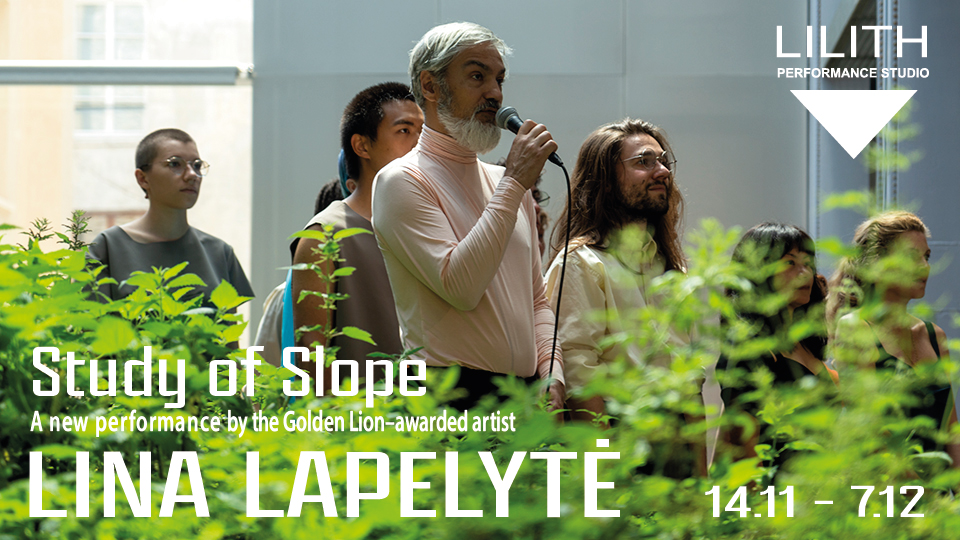
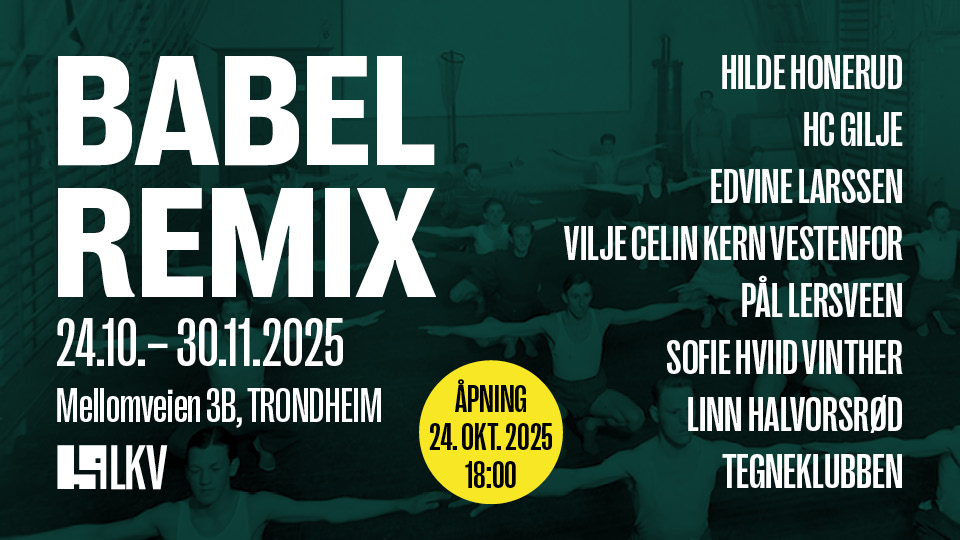
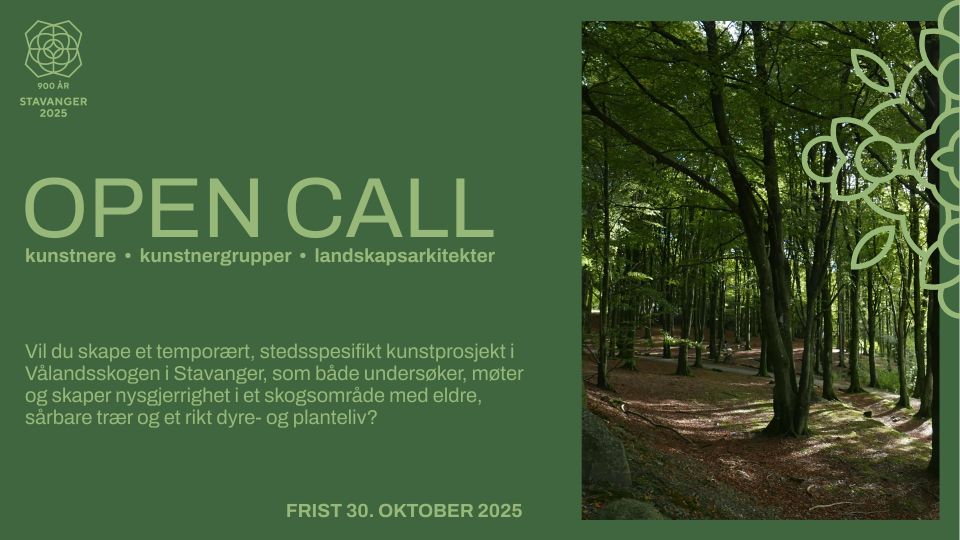
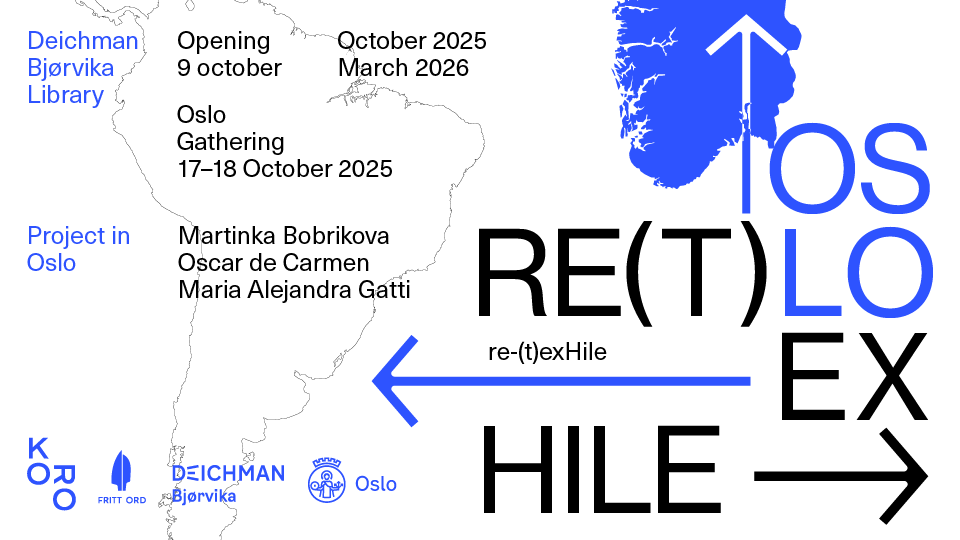
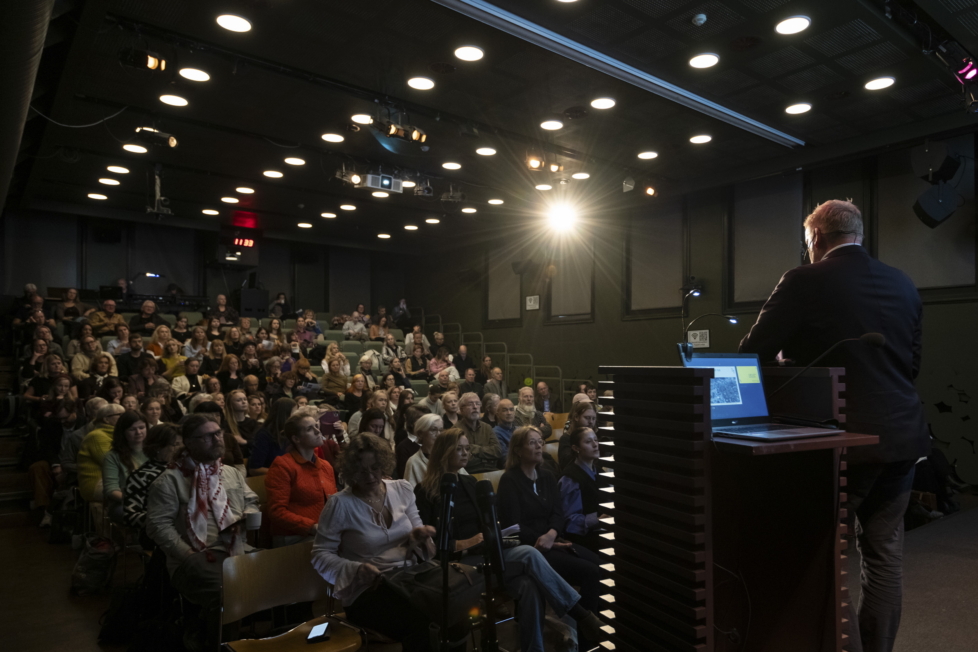
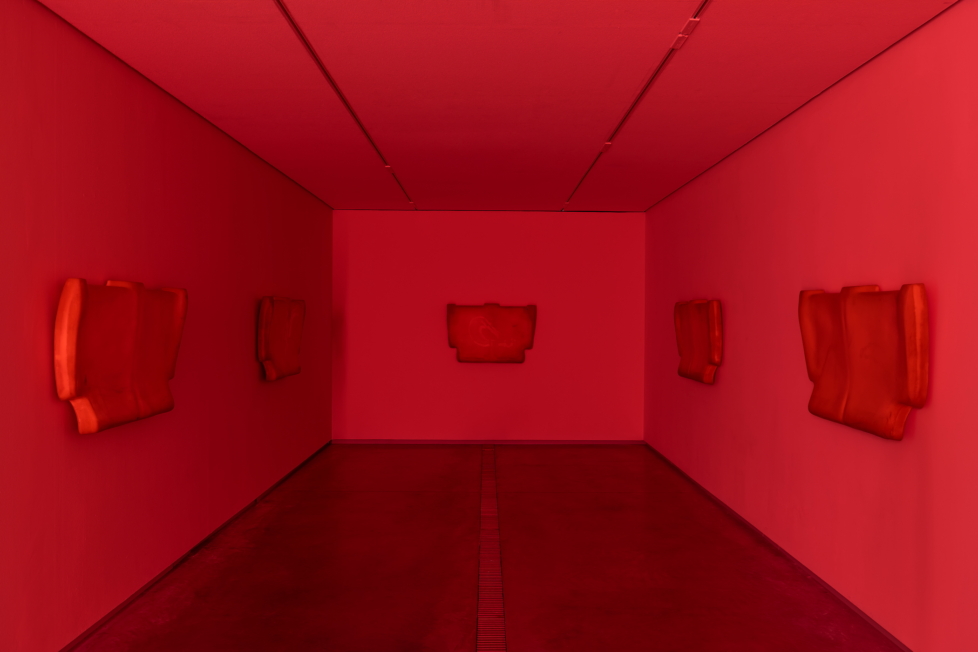
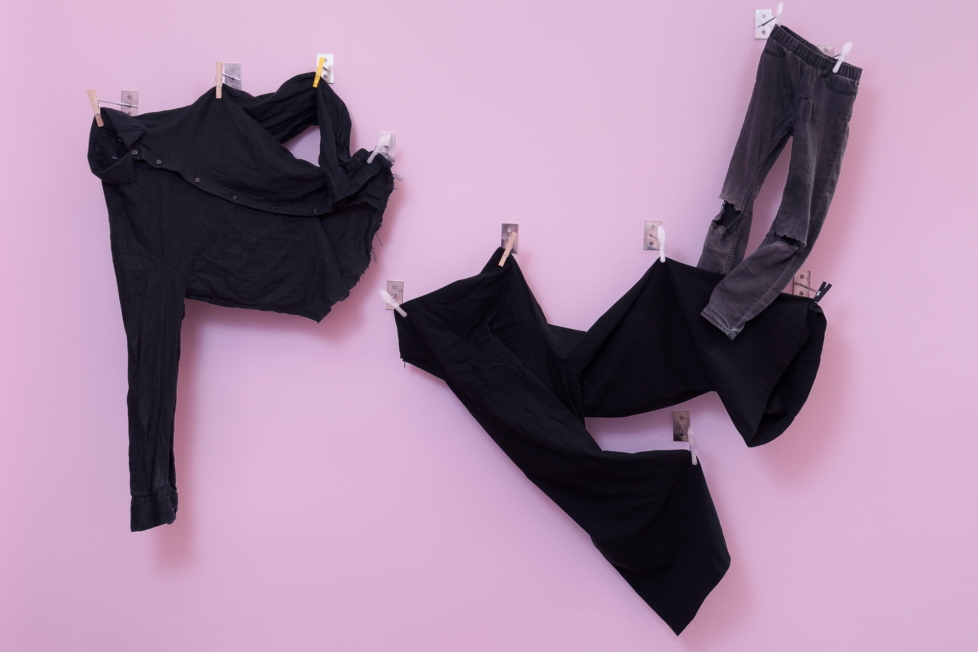
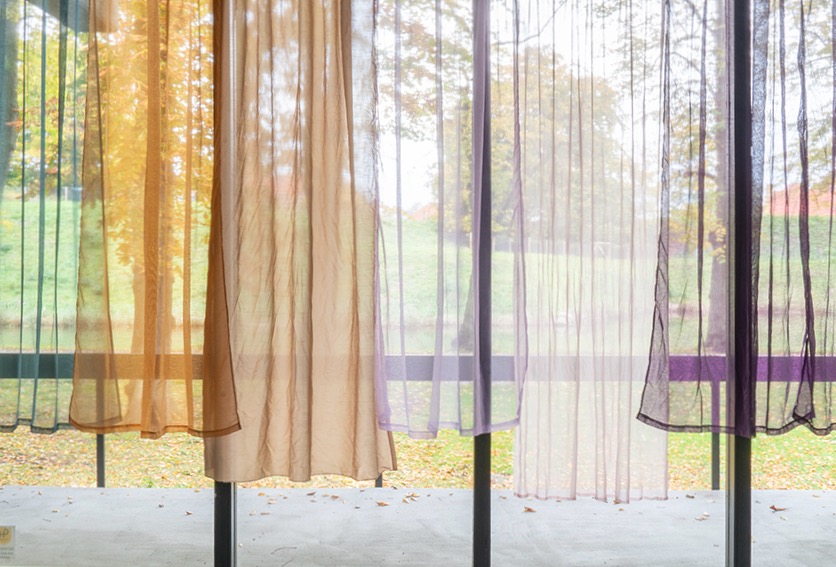










world style deep, lifeworld. var det jeg fikk utav denne teksten, søk og erstatt bitches
This text is great, and thanks Ina Blom! A little old now, but maybe even more interesting.